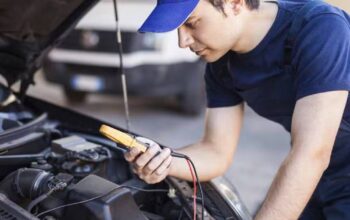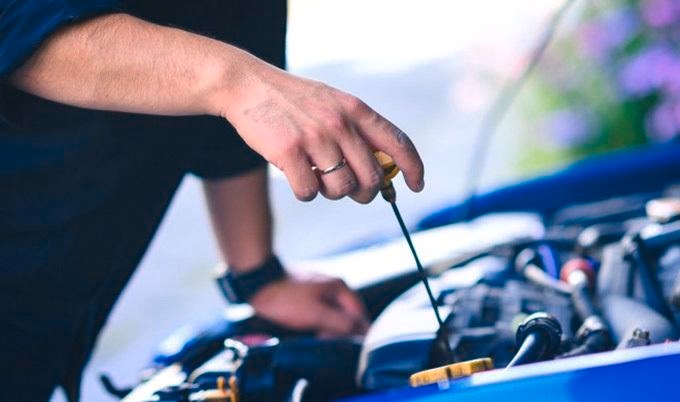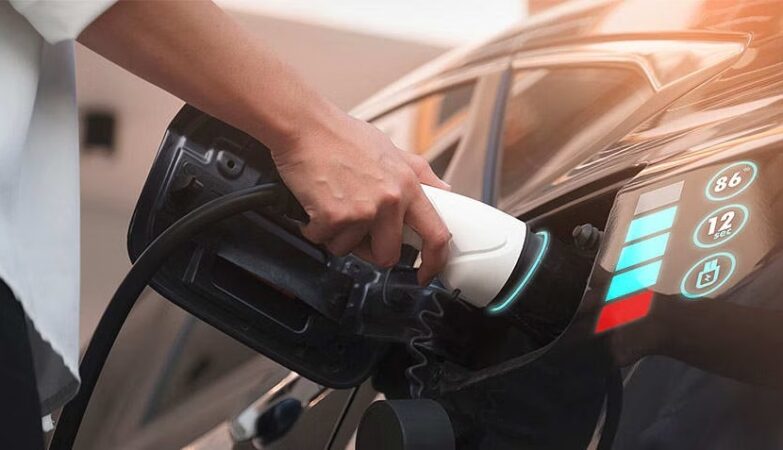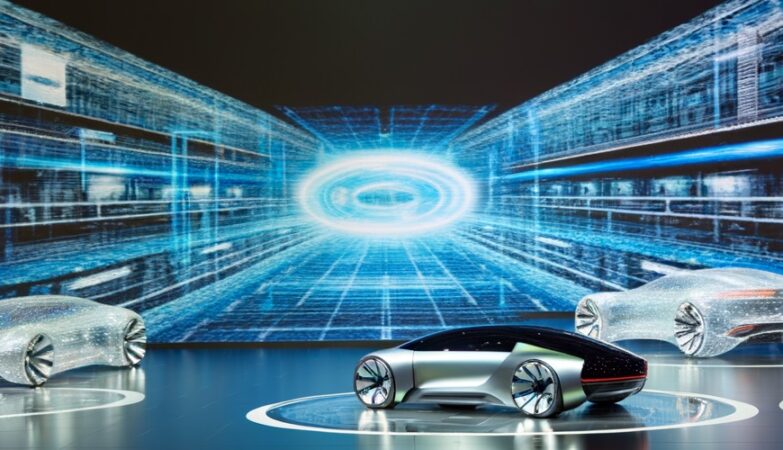Car headlights are critical for safe driving, providing visibility during nighttime and poor weather conditions. However, many drivers overlook how everyday driving vibrations can slowly damage these essential components. Over time, constant vibration can loosen parts, reduce headlight performance, and even lead to costly repairs. This article explores how vibration affects car headlights and what you can do to protect them.
The Source of Vibrations in Vehicles
Vehicles encounter vibrations constantly as they travel over rough roads, speed bumps, potholes, and uneven surfaces. Even smooth highways create minor vibrations due to engine operation and tire rotation. These vibrations transmit through the vehicle’s frame and affect all components, including the headlights. Because headlights are mounted on the front of the vehicle and secured with fasteners and wiring, they are especially susceptible to loosening from repeated jolts and shaking.
Loosening of Headlight Mounts and Fasteners
One of the most common effects of vibration is the gradual loosening of headlight mounts and fasteners. Over time, screws, bolts, or clips holding the headlight assembly in place may become less tight. This can cause the headlight to shift slightly or rattle, affecting the alignment and aiming of the beam. Misaligned headlights reduce nighttime visibility and can blind oncoming drivers. If left unchecked, loose mounts may lead to more severe damage, including cracked housings or electrical disconnections. Choosing the European Auto Repair in Olympia, WA based service here would be essential here.
Impact on Internal Headlight Components
Vibrations don’t just affect the external fittings; internal components within the headlight assembly can also suffer. Bulbs, reflectors, and wiring harnesses are vulnerable to vibration-induced wear. For example, halogen or LED bulbs may have fragile filaments or circuits that can be damaged by excessive shaking, causing flickering or premature failure. Wiring connections inside the housing can loosen or develop short circuits, leading to intermittent lighting issues that compromise safety.
Signs of Vibration-Related Headlight Problems
Car owners should watch for signs indicating vibration-related damage to headlights. Common symptoms include flickering lights, dimming, unusual noises from the headlight area, or visible movement of the assembly when driving. If your headlights seem misaligned or the beam pattern looks uneven, vibration damage might be the cause. Early detection is key to preventing further damage and ensuring that your headlights continue to perform effectively.
Preventive Measures to Protect Your Headlights
To minimize vibration damage, regular inspection and maintenance of your headlights are essential. Ensure all fasteners and mounts are secure, and have a professional check headlight alignment periodically. Using vibration-dampening materials or pads during headlight installation can also help absorb shocks. If you frequently drive on rough terrain, consider more frequent headlight inspections. Promptly addressing loose components or damaged bulbs can extend the life of your headlights and keep you safer on the road.
Conclusion
Constant vehicle vibrations can quietly loosen and damage your car headlights over time. From mounts and fasteners to bulbs and wiring, these effects can reduce headlight performance and safety. Regular inspections and preventive maintenance are crucial to keeping your headlights secure, properly aligned, and functioning at their best. Don’t underestimate the power of vibration—take action today to protect your car’s lighting system.







